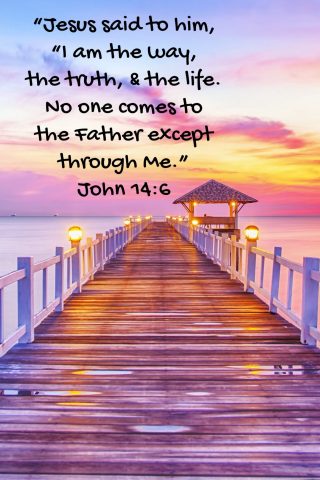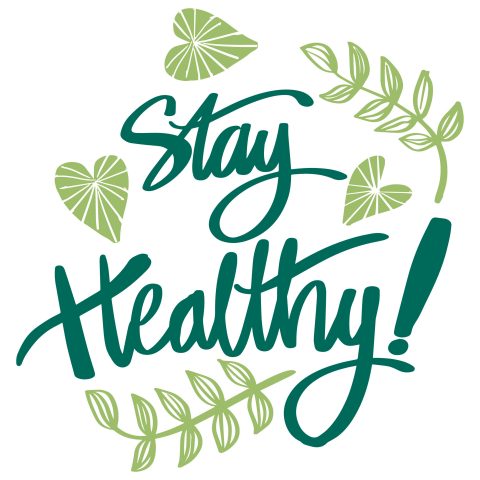
Tuesday, July 29, 2025
Friday Sunset 8:51 PM
Saturday Sunset 8:49 PM
ORCAS ADVENTIST FELLOWSHIP
Sabbath School: 10:00 AM
Church Service 11:00 AM
Speaker: Jerry Smith
General Potluck
FRIDAY HARBOR ADVENTIST CHURCH
Sabbath School: 10:00 AM
Church Service: 11:00 AM
Speaker: Holli Kongorski
Fellowship Potluck
LOPEZ ADVENTIST FELLOWSHIP
Sabbath School: 11:00AM
Fellowship Potluck
Lopez Adventist Fellowship had a busy week! A new metal roof was installed by Rob Manly and Andrew Fowler. The next day the insulation company arrived to tear out the old insulation in the crawl space and install new. We are now ready for winter!
Check out our building progress photos.
Prayer Requests: Email your prayer requests to Mike Parnell by Friday evening and a list will be compiled for Sabbath morning's prayer time.

Lopez Bible Study will meet each Wednesday at 7:00 PM at the LAF building. Christine & Kenn will be our hosts in July.
Movie and a Meal at the Friday Harbor Church each Tuesday beginning at 6:00 PM. We will be watching Season 5 of "The Chosen". Everyone welcome.
Orcas Women's Bible Study each Wednesday at 4:00-5:30 PM in the OCS Cafe.
News in the Washington Conference
News from North Pacific Union Conference

Mission Story from Zimbabwe: "Unexpected Sabbath Rest"
The 3rd Quarter 2025 supports the Southern Africa-Indian Ocean Division
Summer Ferry Schedule is in effect from June 15 to September 20, 2025.
The Ten: Top health tips from the Bible

Take care of our earthly bodies
Why should we care for our health? Paul reminds us of the importance of why we were created: for God to dwell with us. “Or do you not know that your body is a temple of the Holy Spirit within you, whom you have from God? You are not your own, for you were bought with a price. So, glorify God in your body” (1 Corinthians 6:19,20). He goes on to say, “whether you eat or drink, or whatever you do, do all to the glory of God” (1 Corinthians 10:31).
Mental health matters as much as physical health
King Solomon, the wisest man on earth, understood the connection of mind and health: “A joyful heart is good medicine, but a crushed spirit dries up the bones” (Proverbs 17:22) and “A tranquil heart gives life to the flesh, but envy makes the bones rot” (Proverbs 14:30).
Keep a positive attitude
“A bright look brings joy to the heart, and good news gives health to the body.” (Proverbs 15:30)
Stay away from alcohol
While the Bible does include examples of alcohol usage, it is also clear that it is a dangerous substance. “Those who are champions at drinking wine are as good as dead, who display great courage when mixing strong drinks” (Isaiah 5:22). Strong words from Isaiah and Proverbs doesn’t hold back either. “Do not gaze at wine when it is red, when it sparkles in the cup, when it goes down smoothly! In the end it bites like a snake and poisons like a viper” (Proverbs 23:31,32).
Balance hard work with rest
God encourages hard work but always balanced out by rest. His gift of the Sabbath has so many benefits. “Better is a handful of rest than a double handful of hard work and striving after the wind” (Ecclesiastes 4:6). The Ten Commandments put it this way: “Six days you shall labor and do all your work, but the seventh day is the Sabbath of the Lord your God. In it you shall do no work” (Exodus 20:9,10). According to the Bible, the work must be enjoyed. Make mealtime a happy time. “Every man should eat and drink and enjoy the good of all his labor—it is the gift of God” (Ecclesiastes 3:13).
Sleep is important
“The sleep of a laboring man is sweet” (Ecclesiastes 5:12) and “It is vain for you to rise up early, to sit up late” (Psalm 127:2). Better start prioritizing those ZZZs.
Eat in moderation
While some church lunches may contradict this principle, it is important to exercise moderation in our lives and diets. “Have you found honey? Eat only as much as you need, lest you be filled with it and vomit” (Proverbs 25:16) and “do not join those who drink too much wine or gorge themselves on meat, for drunkards and gluttons become poor, and drowsiness clothes them in rags” (Proverbs 23:20,21).
A plant-based diet is what God intended for us
From the very start God said “Behold, I give you every plant that produces seeds upon the earth and every tree that has fruit with its seed inside of it: these shall be your food” (Genesis 1:29). Daniel provides a later biblical example of the benefits of a plant-based diet. “Daniel resolved he would not defile himself with the royal rations of food and wine . . . ‘Let us be given vegetables to eat and water to drink’ . . . At the end of ten days, it was observed that they appeared better and fatter than all the young men who had been eating the royal rations” (Daniel 1:8,11,12,15).
Put full trust in God
Studies have shown that a healthy prayer life, faith in a higher being and strong belief can all enhance the quality and length of your life. The Bible backs that up. “The fear of the Lord leads to life, and he who has it will abide in satisfaction” (Proverbs 19:23) and “give attention to my words . . . for they are life to those who find them, and health to all their flesh” (Proverbs 4:20,22).
Obey God’s Word to live longer
“My son, do not forget my law, but let your heart keep my commands; for length of days and long life and peace they will add to you” (Proverbs 3:1,2). Bonus time for honoring your parents as well (see the fifth commandment in Exodus 20:12).
THE WEEKLY NEWS WELCOMES YOUR NEWS!
PLEASE EMAIL IT TO ROCHELLE OR COURTNEY BY MONDAY NOON.

